
All categories
Featured selections
Trade Assurance
Buyer Central
Help Center
Get the app
Become a supplier

(1423 products available)
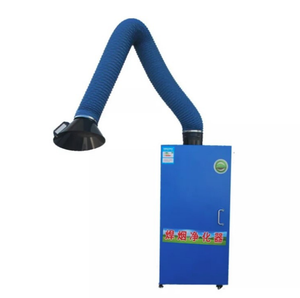

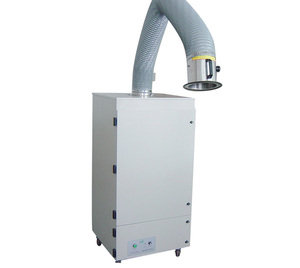







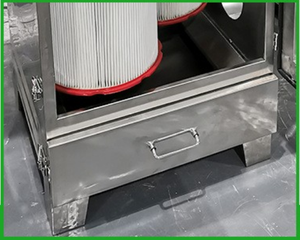












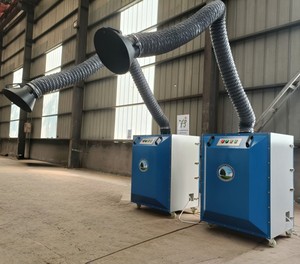





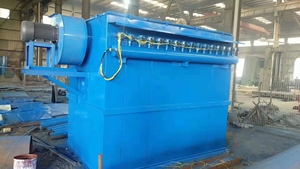





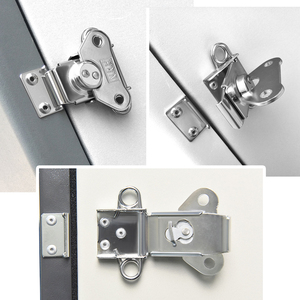

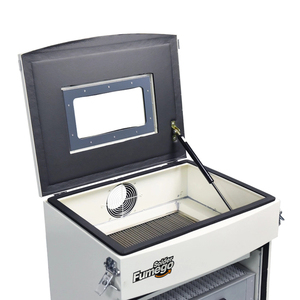
Plasma dust collectors are available in various types, each suited to particular industries' and applications' needs. These systems are purposefully designed to enhance dust and particulate matter removal and maintain a safe and clear work environment. The following sections describe the different types and their specifications.
The main characteristic of electrostatic precipitators is that they use electrically charged plates to trap dust particles. These devices are used regularly in industries that deal with fine dust, such as metal processing and chemical manufacturing. The low energy consumption and effectiveness at capturing small particles are the reasons for its popularity.
Industrial dust collection systems are designed to handle a large volume of dust and particulate matter in industrial settings. Industries such as mining, manufacturing, and construction usually use these systems. They also incorporate filters or cyclones to eliminate pollutants effectively.
A wet scrubber uses liquid, usually water, to capture and remove dust particles from the air stream. This scrubber type is useful in industries where flammable dust is present or where moisture can be beneficial to dust collection. In addition, wet scrubbers efficiently remove hazardous gases and vapors besides solid particulates.
Cartridge dust collectors use pleated filter cartridges to collect airborne dust and particulate matter. These are suitable for a variety of industries, from food processing to pharmaceuticals, and they efficiently capture fumes and mists, in addition to dust. Moreover, they have automatic filter cleaning mechanisms, which prolongs the lifetime of the filters and minimizes maintenance.
Dust collectors are indispensable in industries where dust and particulate matter can significantly affect the quality of products, the safety of the workforce, and the environment. In these types of industries, electromechanical machines listed in the electrostatic dust collector category are vital to meeting industry regulations and maintaining operational efficiency. Below are the various industries and how they utilize electrostatic dust collectors.
The metalworking industries like machining, grinding, and welding produce a significant amount of metal dust and airborne particles. Electrostatic precipitators effectively capture these fine particles to improve air quality and reduce explosion hazards. Moreover, their high efficiency ensures compliance with stringent air quality regulations to protect workers and prevent contamination of products.
Pharmaceutical industries must maintain high air quality standards due to the sensitive nature of drug manufacturing. Precipitators collect dust from various processes, including milling, mixing, and tablet pressing, to ensure that the air in production areas is free of contaminants. They help prevent cross-contamination, which is vital for product purity and consistency.
In food processing, dust can come from grinding grains, milling, and other manufacturing processes. Electrostatic dust collectors help ensure that air quality meets safety standards to avoid contamination and reduce fire hazards. They are also applied in the packaging and handling of food products in this industry.
Dust is an inescapable byproduct of activities like crushing, grinding, and hauling in the mining and mineral industries. Precipitators effectively remove fine particles to enhance air quality, minimize health risks for workers, and meet regulatory standards. Moreover, they reduce the risk of explosions, which can occur when particulate matter is allowed to accumulate in the air.
The Working With Wood industry produces large quantities of wood dust and particles. Dust collectors eliminate these hazards, improve air quality, and protect workers from respiratory diseases. Moreover, they help prevent fires and explosions, which are likely to occur due to the improper handling of wood dust.
Chemical manufacturing processes often generate hazardous dust particles. For this reason, electrostatic dust collectors play a critical role in capturing these particles to ensure a safe working environment. They also help prevent product contamination and are essential in meeting strict emissions regulations. Furthermore, they can capture particulate matter emitted during plasma coating.
The aerospace and defense industries deal with harmful particles like metallic dust, rubber particles, and composite materials from aircraft and defense equipment manufacturing. In these industries, dust collectors are crucial to improving indoor air quality and protecting worker health. They also prevent contamination of sensitive aerospace and defense products.
Plasma dust collectors are advanced systems that utilize plasma technology to effectively remove dust and particulate matter from industrial environments. The following sections discuss the various features, including specifications, of these dust collectors.
To operate a plasma dust collector, one has to switch the system on and ensure it is appropriately set up to collect dust. Conducting regular maintenance helps filter cleanliness and overall system efficiency. Maintenance includes replacing worn filters and cleaning the system. Avoid excessive dust buildup and monitor the system for any irregularities.
Maintaining high operational standards while ensuring the safety of personnel is paramount in selecting plasma dust collectors. Therefore, below are the various quality and safety standards these machines should conform to.
A considerable number of dust collectors produce a lot of noise, which, if allowed to accumulate, can lead to hearing-related problems. The most common methods of reducing the amount of noise this equipment produces include using sound-insulating enclosures and implementing low-noise fans. Cater to the general workplace noise levels, ensuring compliance with local regulations, thus reducing the risk of hearing damage.
As discussed in the previous section, dust can create a huge fire hazard if not properly managed. Incineration of dust particles is a likely occurrence in industries like mining and metalworking, creating a risk of fire if it accumulates in electrical components. Selecting a collector with proper grounding and explosion vents will minimize this risk. In addition, employing spark detection and suppression systems further enhances fire safety.
Following the recommended maintenance schedules plays a crucial role in ensuring efficiency and safety. Ensure that all the systems have the necessary data logging features that play crucial roles in predicting maintenance times based on the amount of wear identified. Operate filters according to manufacturer's indications, and replace worn parts to keep the machine safe and effective.
Emergency stops are critical in areas where workers are likely to come into direct contact with the equipment. These systems allow operators to halt the operation instantly in emergencies. Safety guards around moving parts, fans, and other mechanical components prevent accidents and injuries. Ensuring these guards are in place and functional is essential for protecting personnel.
Dust collectors can pose a fire risk if not properly managed. Collection systems that incorporate shredders, separators, and dust extraction systems are effective in reducing the amount of dust found in electrical components. Technologies like quick grounding and spark detection will help minimize this risk. One should also comply with local fire safety regulations.
The quality of air filtration directly impacts indoor air quality and the safety of personnel working in proximity to dust collectors. Filters like HEPA are highly effective in capturing airborne particles to prevent them from being released into the atmosphere. It is essential to choose a collector that meets specific air quality standards to protect worker health while minimizing the environmental impact.
A1: The metalworking, pharmaceuticals, food, mining, chemical, woodworking, aerospace, defense, and electronics manufacturing industries benefit the most from these dust collectors.
A2: Automatic cleaning of filters, high efficiency, compact design, and low charge consumption are the benefits of using these types of dust collectors.
A3: Plasma dust collectors ionize air using a high-energy plasma generator. This process creates charged particles that attract and agglomerate fine dust. The dust then clings together to form larger particles, which are subsequently captured by filters, ensuring effective dust removal and improved air quality.
A4: There are several maintenance requirements for maintaining the longevity of these dust collectors. Regular filter inspections, cleanings, and components replacement are essential. Moreover, a routine maintenance schedule ensures optimal performance and longevity.
A5: Yes. These dust collectors are equipped with filters like HEPA and electrostatic filters for improving air quality.